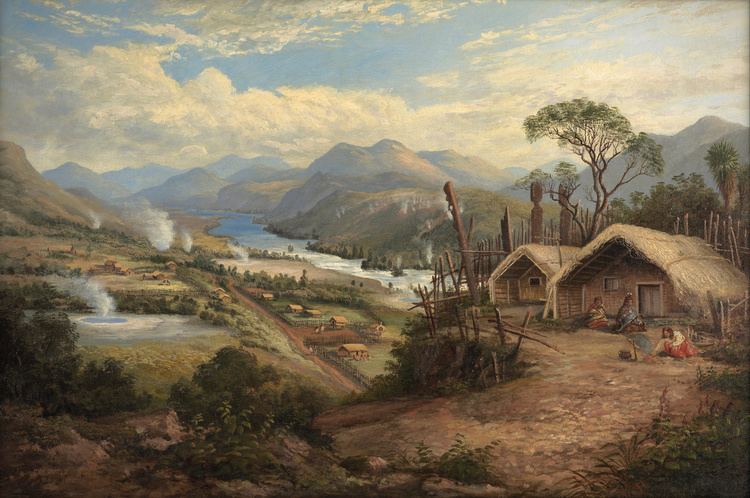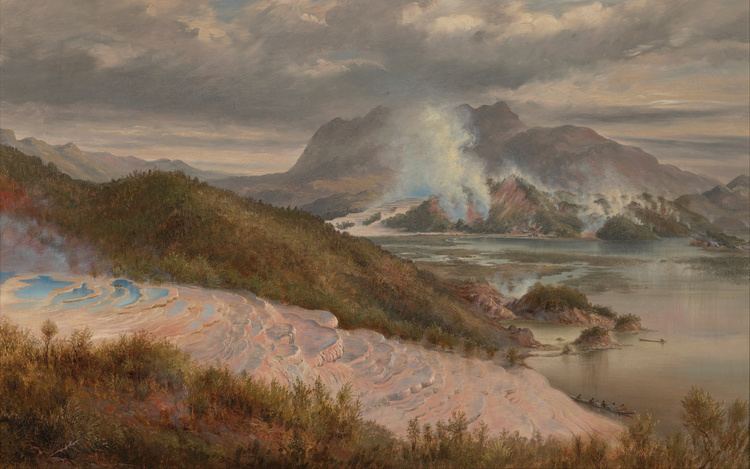Name Charles Blomfield | Role Artist | |
 | ||
Died 1926, Freemans Bay, Auckland, New Zealand | ||
Charles Blomfield (5 January 1848–15 March 1926) was a New Zealand decorator, artist and music teacher. He was born in London, England on 5 January 1848.

A widow, Blomfield's mother brought her family to New Zealand intending to settle in Northland as part of a settlement called Albertland. On arrival in Auckland they decided not to proceed on Northland to become farmers but to pursue urban trades in Auckland. The family remained in Auckland after that and many of the descendants of the various children still reside in the Auckland area.

Charles Blomfield lived in Freeman's Bay - 40 Wood Street, in a house built by his brother and allegedly made out of the timber from one large Kauri tree. As well as an exhibiting easel painter Blomfield worked as a sign-writer and interior decorator; for this trade he maintained studios in shops at various times. These were usually on Karangahape Road, one of these was shared with his daughter who made a living painting floral pieces which she also exhibited at the Auckland Society of Arts.
Blomfield travelled throughout the centre of the North Island on several occasions in the 1870s and 80s creating many landscape paintings of the New Zealand countryside, often for sale to visitors to New Zealand. He was fortunate to view the famed Pink and White Terraces several times and paint them before they were thought to be destroyed by the eruption of Tarawera in 1886. Recent published research established their locations. His meticulous sketches and finished paintings are some of the main records of them. For the remainder of his life he was probably able to rely on new versions of his classic views of them to supplement his income.
His paintings are widely regarded as the epitome of 19th century New Zealand landscape art, although his work, like many of his contemporaries, fell out of fashion during the 20th century, only to be re-evaluated in the 1970s. He was unable to come to terms with developments in art and remained staunchly conservative and hostile to 'modern art'. In his later years he found himself increasingly sidelined by the artistic circles in Auckland which he had previously shone in and was probably embittered by this.
Blomfield was an elder of the Baptist Church and partly responsible for the construction of the Auckland Baptist Tabernacle on the city's main thoroughfare Queen street, which when it opened in 1886 was the largest building in the city and also contained the largest room. The ceiling of the auditorium of the Tabernacle is decorated with stencil work carried out by Charles and his brother Samuel. He died at his residence in Wood Street in 1926. He was survived by several children. One of his brothers, William, was a noted newspaper cartoonist.
